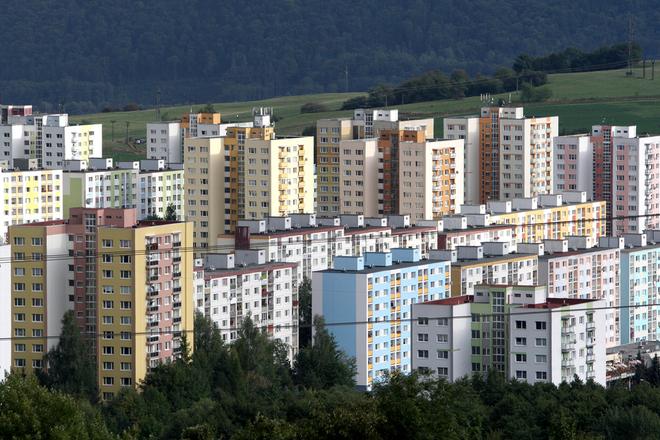This time it has not happened while the reason for this may be the nearing general election, in which some mayors may run as MPs; or, perhaps, other tax revenues are developing well.
Property tax rates increased for 2016 only by 1.42 percent on average, according to a survey by the Business Alliance of Slovakia (PAS), when this year tax rates increased the most in eastern Slovakia – in Sobrance they soared by 81 percent, in Levoča 23 percent, and in Zlaté Moravce 15 percent. Several economically strong regions markedly increased taxes, at least for business spaces.
Towns in the northern-Slovak region of Orava, Tvrdošín and Námestovo, where property taxes rose most last year, continued this trend also in 2016, the Hospodárske Noviny economic daily wrote. In Tvrdošín, an additional 13 percent were added to last year’s almost 19 percent; in Námestovo 4 percent to previous 7 percent from 2015. Despite this, their taxes belong among the lowest in the country: in Tvrdošín, locals and companies pay only one half of the nation-wide average, while in Námestovo it is three quarters.
In 50 district capitals the rates did not change at all; and five such towns even cut these rates slightly.
Bratislava’s Old Town is still first in the level of property taxes, having almost double the country average. Surprisingly, it is followed by Senica where there is the highest tax of arable land; slightly lower taxes can be found in other boroughs of the capital, as well as in Košice, Malacky, Piešťany, or Banská Bystrica.
Towns and cities which have recently built industrial parks or lie in economically strong regions were able to utilise the economic high tide to increase taxes, PAS executive director Peter Kremský said, adding that this was logical, as new industry and services bring also higher requirements for transport, infrastructure or servicing activities which are often rendered by municipalities.


 Purchasing a new apartment in Slovakia requires an average of 14 gross annual salaries. (source: SME Archive)
Purchasing a new apartment in Slovakia requires an average of 14 gross annual salaries. (source: SME Archive)